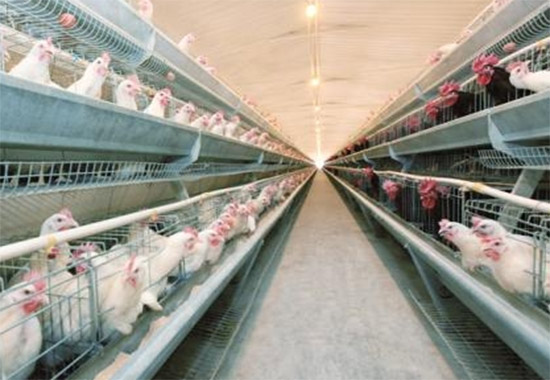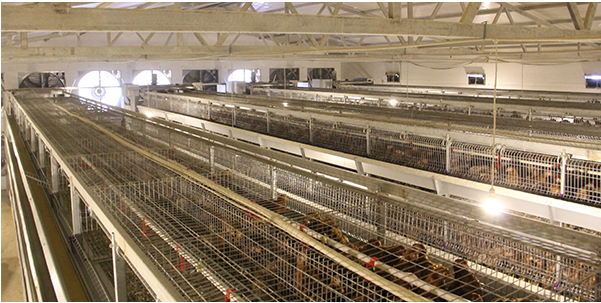Do a good job in elimination management and improve the efficiency of layer breeding
- Published in Chicken house management
The use of automatic layer cage breeding equipment promotes farmers to better raise chickens. But refined management has also become a compulsory course for chicken farm management. Doing a good job in the management of eliminated chickens is also one of the key means to improve the efficiency of layer breeding.
Before 20 weeks of age. The body shape and appearance should conform to the characteristics of this species. Disabled chickens should be eliminated in time.
Eliminate glamorous and beautiful chickens in eight months. In the same flock, individual production performance is different. When the start of production continues for a period of time. This difference is even more obvious. At about 250 days of age, the feathers are relatively complete, shiny, unusually flexible and fast, and the comb is rosy. Good-looking chickens are often low-yielding chickens. Doesn't even lay eggs. Empty materials. Should be eliminated.

Eliminate according to feces. Go to the chicken coop at night or in the morning to observe the feces. The feces of normal laying hens are soft and moist. Chickens that do not lay eggs. Due to less food intake, slow digestion, atrophy of the digestive tract, and its feces appear dry and hard. To be eliminated.
Eliminate the chickens that moult early. Laying hens are generally moulted from September to October every year after completing a laying period. Low-yielding chickens start moulting in August, which lasts for a long time and stop production for a long time. Therefore, it should be eliminated.
The above is a summary of which laying hens are to be eliminated. Farmers can better manage chicken coops by raising chickens, and can purchase automated chicken farming equipment. They can not only better manage the chickens, but also provide a good living environment for the chickens and reduce the elimination rate of the chickens.



